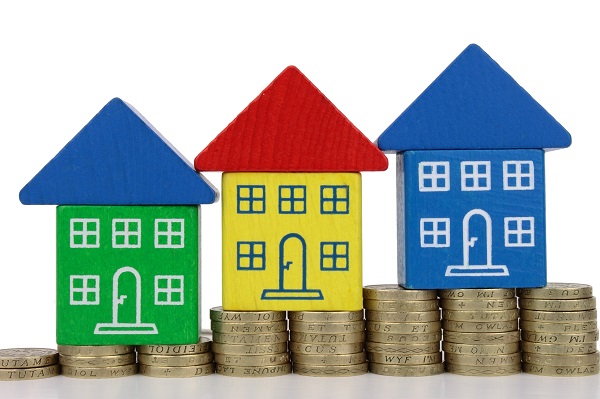The UK’s largest mortgage provider has warned that the increasing difficulty getting on the housing ladder combined with the prospect of a rate rise will put the brakes on house price growth next year. Halifax said in its 2016 forecast that house prices are set to increase by between 4% and 6%, with growth expected […]
 The UK’s largest mortgage provider has warned that the increasing difficulty getting on the housing ladder combined with the prospect of a rate rise will put the brakes on house price growth next year.
The UK’s largest mortgage provider has warned that the increasing difficulty getting on the housing ladder combined with the prospect of a rate rise will put the brakes on house price growth next year.
Halifax said in its 2016 forecast that house prices are set to increase by between 4% and 6%, with growth expected to slow more sharply in London than elsewhere.
It is widely expected that the Bank of England will increase interest rates next year after more than six years at 0.5%.
According to Halifax, the average price of a property in the UK rose 9.7% over the past year to £205,240.
The shortage in housing supply combined with increasing demand has forced up house prices at a faster rate than wages, making it increasingly difficult for people to get on the housing ladder.
Halifax’s housing economist, Martin Ellis, said: “With house prices continuing to increase more quickly than average earnings, it is increasingly difficult to get on the housing ladder. This ongoing development, combined with the growing prospect of an interest rate rise, should start to put the brakes on house price growth during the course of 2016.”
Halifax said a continuing shortage of housing supply will act as a constraint on activity in 2016, although it does expect improvements over the medium-term.
“Levels of housebuilding remain well below those required to keep up with the pace of household formation, but we do expect improvements over the medium-term. An upward trend in housebuilding would help to bring demand and supply into better balance, helping to constrain upward pressure on house prices,” Ellis said.
Ellis said he expects interest rates to rise at a gradual pace and to have a “significant” bearing on house price developments in 2016 and beyond.
“When the time finally comes for the first rise in official interest rates, the Bank of England is likely to adopt a cautious approach to raising rates due to concerns about households’ ability to make higher repayments on their debts. Interest rates are, therefore, likely to rise at a gradual pace.”














